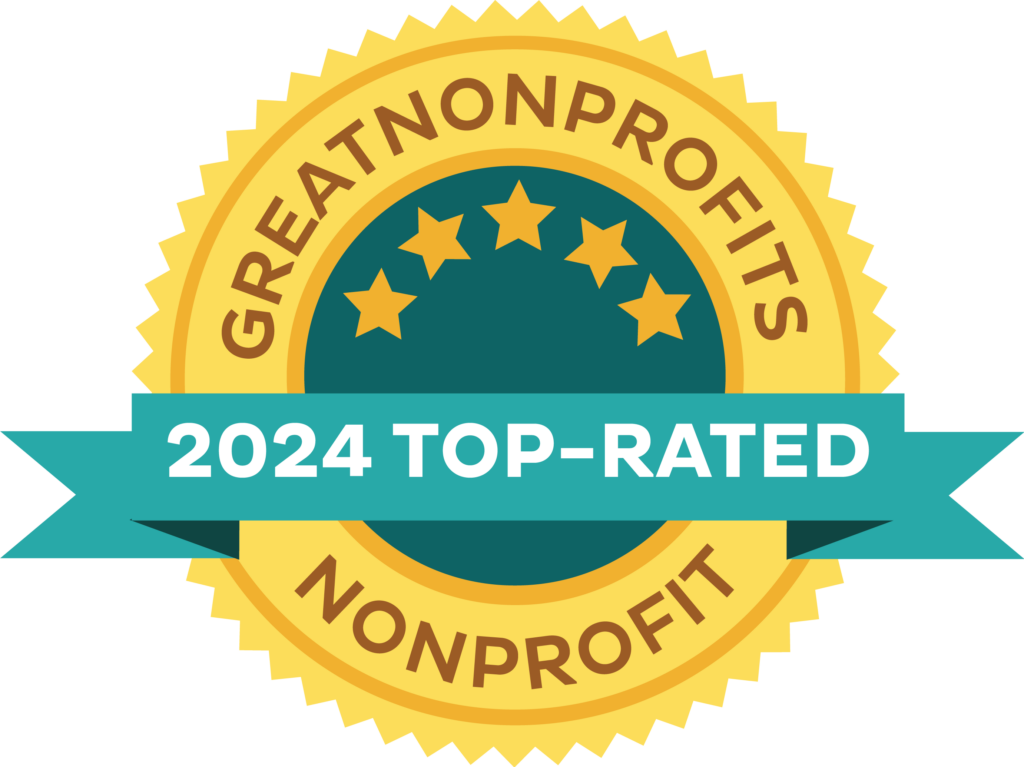High inflation, or “hyper-inflation,” continues to demand attention across all news outlets. It’s the topic of discussion in government, including the Federal Reserve. You’d think it’s the first time we’ve experienced it. Is it real or hype? Is it something I should be worried about?
What is inflation?
Simply, inflation is the decrease of purchasing power of a given currency over time. Inflation reduces the value of currency, in other words. Inflation occurs when the general level of prices for goods and services is rising. If a loaf of bread cost $1.00 last year and it costs $1.03 this year, that’s a $03% increase in the cost of a loaf of bread. That equates to a 3% rise in inflation. The value of the U.S. dollar, our currency, fell 3%, because $1.00 isn’t enough anymore to purchase a loaf of bread.
Here’s another example. Assume a certain item cost $1.50 in 1920. After accounting for inflation, that same item would cost $10.50 in 1970 and $20.50 in 2021. Wow! Inflation is definitely real.
Inflation can occur for a variety of reasons, like higher wages, lower interest rates, supply chain issues, or broader issues in the global economy.
How is it measured?
There are several ways of measuring inflation, but one of the most common measures is the Consumer Price Index for Urban Consumers (CPI-U), which is produced by the Bureau of Labor Statistics. The CPI-U shows changes in the prices paid by consumers for a “representative basket of goods and services.”
That basket of goods and services includes four major categories: food, energy, commodities like cars and clothes, and services like rent and healthcare. Not all categories are considered equally; services are typically given the highest relative importance, followed by commodities, food, and energy.
How is inflation managed?
The Federal Reserve (more commonly called, the Fed) is the central bank of the U.S. Among the many responsibilities the Fed has for economic and financial stability, it is tasked with a dual mandate by Congress: keep long-term inflation around 2% while maximizing employment.
The Fed manages inflation in two ways principally: by adjusting interest rates and “quantitative easing,” or injecting money into the economy.
Adjusting interest rates up or down restricts or adds, respectively, money into the economy, which indirectly impacts inflation. Quantitative easing is when the Fed trades in assets backed by the Treasury Department. The Fed has only done this during economic emergencies such as the Great Recession and the COVID-19 pandemic. When the Fed buys assets, it adds money to the economy by freeing up banks to make more loans to people or businesses.
What’s happening with inflation right now?
At the time of this article, inflation is hovering around 8%. This is much higher than the 2% level the Fed obligated to. Many believe the Fed was slow – too slow – in responding to inflationary concerns in 2021 and are now playing “catch-up” by increasing interest rates monthly. In fact, inflation hasn’t been this high for 40 years, so inflation continues to be both a concern and a challenge.
Most agree the recent spike in prices is linked to the economic recovery from the COVID pandemic. When it will fade, and by how much, are less clear.
Should I be worried?
The short answer is, yes. But depending on your age, income level, and savings, your worry may be short-lived. Others may not be as fortunate.
The worst that happens, assuming the Fed can’t reverse sky-rocketing prices with interest rate hikes, is that our economy falls into a recession. It would be the first recession since The Great Recession began in December 2007 and ended in June 2009, which was the longest recession since World War II. Most can still remember those times and would rather avoid another recession.
More likely is that inflation erodes our buying power, depletes savings (we’re spending more than we earn to make ends meet), and continues to stir uncertainty with consumers and our economy.
The positive side of inflation is that corporations often become more profitable (so, nice for the investors in those companies), wages are increased to attract and retain workers, and for those who are earning higher wages, a chance to keep up with higher prices.
We’ve all heard the stories that new cars are taking longer to get, because of the “supply problems.” It is true that the pandemic interrupted the supply chain, or supply economics. Without getting too deep into economics, currently there is demand for certain products that aren’t readily available. This means the price is likely to increase (and have) for these scarce products. Early in the pandemic it was diapers and toilet paper; today it’s gasoline and baby formula. The good news is that only a handful of products have been affected by short supplies. The Fed is hoping that more normalized supplies will help reduce the rate of inflation today.
Summary.
Inflation is certainly not a new phenomenon, but it has our attention today. How high inflation gets and how long it lasts is anybody’s guess, but the prevailing estimate is “a few years.” The Fed is busy raising rates each month to hedge inflation going higher, leading our economy into recession. In the meantime, you will pay more for many consumer products, and this means, at least in the short-term, your pocketbook will feel the sting of inflation.





